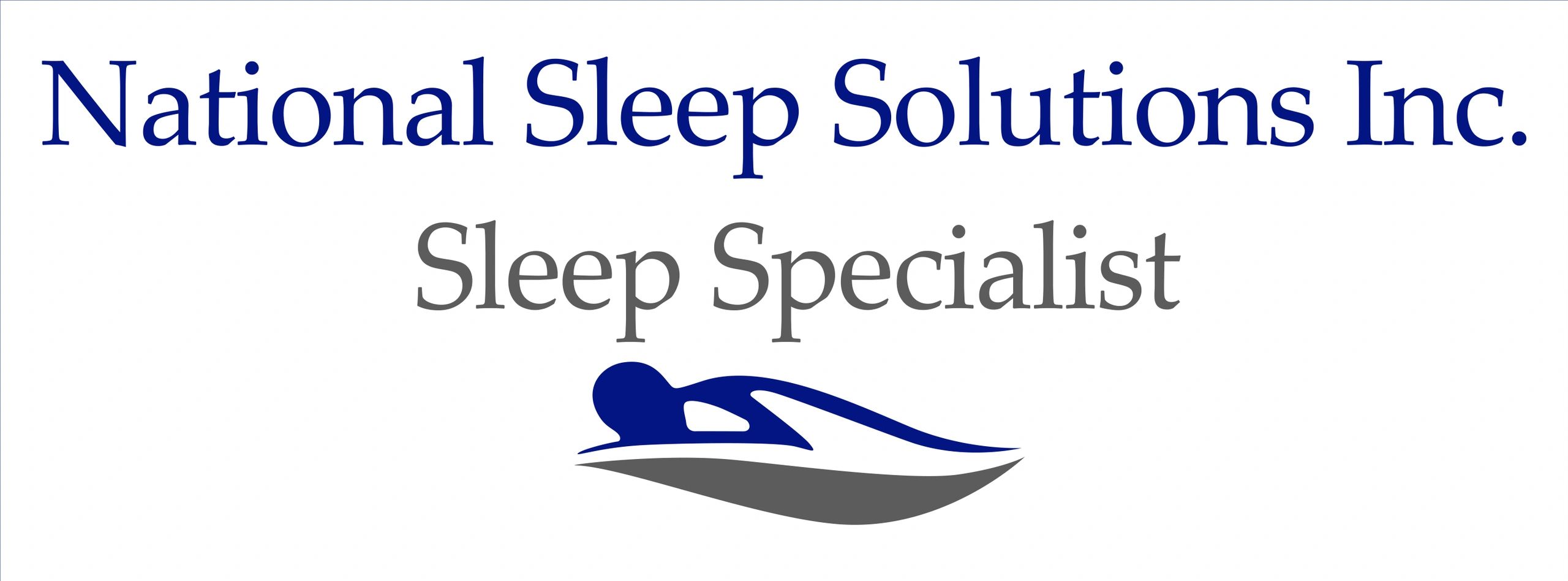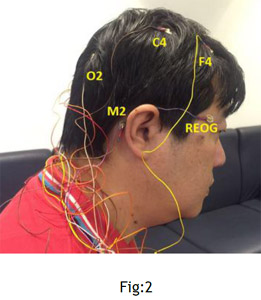


Wires for each channel of recorded data lead from the patient and converge into a central box, which in turn is connected to a computer system for recording, storing and displaying the data. This movement is equated to effort and produces a low-frequency sinusoidal waveform as the patient inhales and exhales. The movement of the belts is typically measured with piezoelectric sensors or respiratory inductance plethysmography. There is a minimum of three channels for the EEG, one or two measure airflow, one or two are for chin muscle tone, one or more for leg movements, two for eye movements (EOG), one or two for heart rate and rhythm, one for oxygen saturation, and one each for the belts, which measure chest wall movement and upper abdominal wall movement. These channels vary in every lab and may be adapted to meet the doctor's requests. Use of equipment for overnight diagnosis in hospitalization recordsĪ polysomnogram will typically record a minimum of 12 channels requiring a minimum of 22 wire attachments to the patient. Video-EEG polysomnography is a technique combining polysomnography and video-recording, which has been described to be even more effective than only polysomnography for the evaluation of some sleep troubles such as parasomnias, because it allows to more easily correlate EEG signals, polysomnography, and behaviors. In any case, through the polysomnographic evaluation, other information can be obtained (such as, for example, body temperature or esophageal pH) according to the patient's or the study's needs. But there can be also other information, crucial for many diagnostics, that are not directly linked with the sleep, such as movements, respiration, and cardiovascular parameters. In general, much information can be extrapolated from the polysomnography some can be directly related to the sleep, such as the sleep onset latency (SOL), the REM-sleep onset latency, the number of awakenings during the sleep-period, the total sleep duration, percentages and durations of every sleep stage, and the number of arousals. However, at times nurses and respiratory therapists are allowed to perform polysomnography despite lack of specific knowledge and training in this area. With some controversy, polysomnography is best performed by technicians and technologists who are specifically licensed and accredited in sleep medicine. Limited channel polysomnography, or unattended home sleep tests, should be referenced as Type II – IV channel polysomnography. Polysomnography no longer includes NPT, Nocturnal Penile Tumescence, for monitoring of erectile dysfunction, as it is reported that all male patients will experience erections during phasic REM sleep, regardless of dream content.

After the identification of the sleep disorder sleep apnea in the 1970s, the breathing functions, respiratory airflow, and respiratory effort indicators were added along with peripheral pulse oximetry. The PSG monitors many body functions, including brain activity ( EEG), eye movements ( EOG), muscle activity or skeletal muscle activation ( EMG), and heart rhythm ( ECG), during sleep. It is usually performed at night, when most people sleep, though some labs can accommodate shift workers and people with circadian rhythm sleep disorders and do the test at other times of the day. Type I polysomnography, a sleep study performed overnight while being continuously monitored by a credentialed technologist, is a comprehensive recording of the biophysiological changes that occur during sleep. The name is derived from Greek and Latin roots: the Greek πολύς ( polus for "many, much", indicating many channels), the Latin somnus ("sleep"), and the Greek γράφειν ( graphein, "to write"). The test result is called a polysomnogram, also abbreviated PSG. Polysomnography ( PSG), a type of sleep study, is a multi-parametric test used in the study of sleep and as a diagnostic tool in sleep medicine. Eye movements highlighted by red rectangle.


 0 kommentar(er)
0 kommentar(er)
